Home>Storage & Organization>Kitchen Organizing Tools>Why Won’t My Cat Use A Litter Box
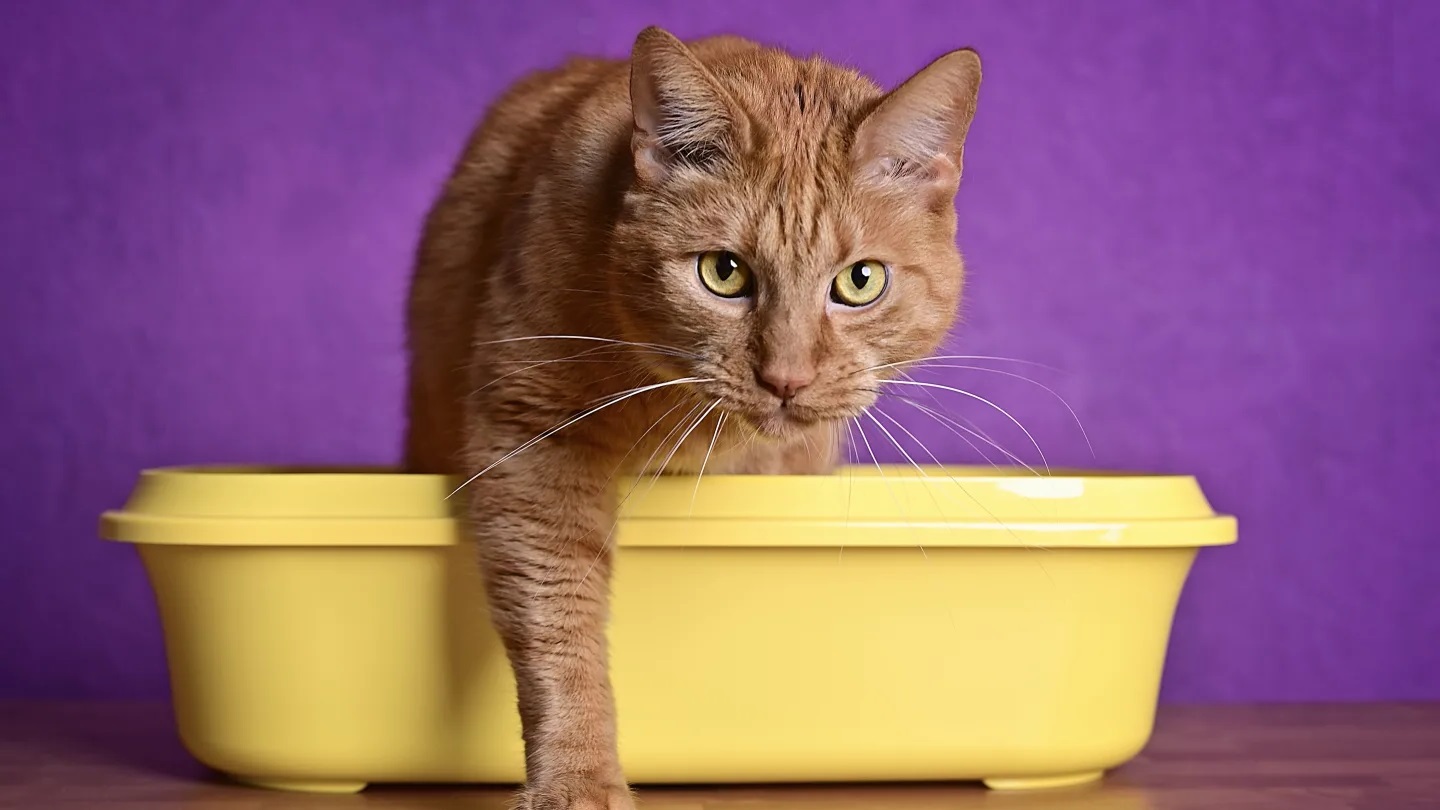

Kitchen Organizing Tools
Why Won’t My Cat Use A Litter Box
Modified: August 24, 2024
Discover the best kitchen organizing tools to keep your space clutter-free. Find practical solutions for a tidy and efficient kitchen.
(Many of the links in this article redirect to a specific reviewed product. Your purchase of these products through affiliate links helps to generate commission for Storables.com, at no extra cost. Learn more)
Common Reasons for Litter Box Avoidance
Litter box avoidance is a common issue that many cat owners encounter, and it can be quite perplexing. Cats are generally fastidious creatures, so when they start avoiding their litter box, it's essential to investigate the underlying reasons. Understanding the common causes of litter box avoidance can help cat owners address the issue effectively.
-
Unclean Litter Box: Cats are inherently clean animals, and they prefer a pristine bathroom environment. If the litter box is not scooped regularly or if the litter is not changed frequently, cats may refuse to use it. Ensuring that the litter box is cleaned at least once a day and that the litter is replaced regularly can encourage consistent litter box usage.
-
Inappropriate Litter Type: Cats have preferences when it comes to the type of litter they use. Some cats may dislike scented litter, while others may have an aversion to certain textures. Experimenting with different types of litter can help determine the most suitable option for the cat.
-
Litter Box Placement: The location of the litter box is crucial. Cats prefer privacy and quiet when using the litter box. Placing the litter box in a high-traffic area or near loud appliances can deter cats from using it. Finding a secluded and peaceful spot for the litter box can make it more appealing to the cat.
-
Stress or Anxiety: Cats are sensitive to changes in their environment, and stress or anxiety can manifest as litter box avoidance. Events such as moving to a new home, the introduction of a new pet, or changes in the household dynamics can trigger stress in cats, leading to litter box issues.
-
Medical Conditions: Certain medical conditions, such as urinary tract infections, kidney disease, or arthritis, can cause discomfort for cats when using the litter box. It's essential to rule out any underlying health issues by consulting a veterinarian if a cat suddenly starts avoiding the litter box.
By recognizing these common reasons for litter box avoidance, cat owners can take proactive steps to address the issue and create a more conducive environment for their feline companions. Understanding the unique needs and preferences of the cat is key to promoting consistent litter box usage and maintaining a harmonious relationship between the cat and its litter box.
Key Takeaways:
- Cats may avoid the litter box due to uncleanliness, inappropriate litter type, or stress. Understanding and addressing these issues can promote consistent litter box usage and a harmonious relationship with your feline friend.
- Environmental factors, medical issues, and behavioral problems can impact a cat’s litter box habits. By creating a calm, clean, and inviting environment, cat owners can encourage positive litter box behavior and support their cat’s well-being.
Read more: Why Is My Cat Scared Of The Litter Box?
Medical Issues That Can Affect Litter Box Use
When a cat suddenly starts avoiding the litter box, it's crucial to consider the possibility of underlying medical issues that may be impacting their behavior. Cats are masters at masking discomfort, and changes in litter box habits can often be an early indicator of health problems. Understanding the medical conditions that can affect litter box use is essential for ensuring the well-being of feline companions.
Urinary Tract Infections
Urinary tract infections (UTIs) are a common medical issue that can significantly impact a cat's willingness to use the litter box. Cats suffering from UTIs may experience pain or discomfort during urination, leading them to associate the litter box with discomfort. As a result, they may seek alternative locations to relieve themselves, such as soft surfaces or secluded areas. Additionally, UTIs can cause an increased frequency of urination, making it challenging for cats to make it to the litter box in time.
Kidney Disease
Chronic kidney disease is another condition that can affect a cat's litter box behavior. Cats with kidney disease may experience increased thirst and urination, leading to more frequent litter box usage. Conversely, as the disease progresses, cats may begin to associate the litter box with their discomfort, leading to avoidance. Monitoring a cat's urine output and seeking veterinary attention if there are noticeable changes can help in the early detection and management of kidney disease.
Arthritis and Mobility Issues
As cats age, they may develop arthritis or other mobility issues that can make it painful for them to access the litter box. Jumping in and out of a high-sided litter box or navigating stairs to reach the litter box can become challenging for cats with mobility issues. Consequently, they may opt to avoid the litter box altogether, seeking out more accessible areas for elimination. Providing a litter box with lower sides and ensuring that it is easily accessible can help accommodate cats with mobility issues.
Read more: Why Is My Cat Staring At The Litter Box
Diabetes
Diabetes can lead to increased urination and thirst in cats, which can impact their litter box habits. Cats with diabetes may struggle to control their bladder, leading to accidents outside the litter box. Additionally, the increased frequency of urination can result in a reluctance to use the litter box due to associations with discomfort or inconvenience.
Seeking Veterinary Care
When a cat exhibits changes in litter box behavior, it's essential to seek prompt veterinary care to rule out any potential medical issues. A thorough examination by a veterinarian can help identify and address any underlying health concerns that may be contributing to litter box avoidance. Early detection and treatment of medical conditions can not only improve a cat's litter box habits but also contribute to their overall well-being.
Understanding the potential impact of medical issues on litter box use empowers cat owners to prioritize their feline companions' health and take proactive measures to address any underlying concerns. By remaining vigilant and responsive to changes in a cat's litter box behavior, cat owners can play a pivotal role in promoting their cats' physical and emotional well-being.
Environmental Factors That May Impact Litter Box Usage
The environment in which a cat's litter box is placed plays a significant role in determining whether the cat will consistently use it. Cats are creatures of habit and are sensitive to their surroundings, so environmental factors can greatly influence their litter box behavior. Understanding these environmental factors is crucial for creating an inviting and functional space for cats to fulfill their elimination needs.
Litter Box Placement
The location of the litter box within the home can profoundly impact a cat's willingness to use it. Cats prefer privacy and quiet when using the litter box, so placing it in a secluded yet accessible area is ideal. Additionally, the presence of multiple cats in a household necessitates the availability of multiple litter boxes, strategically placed in different areas to prevent territorial conflicts and ensure convenient access for all cats.
Read more: Why My Cat Plays In The Litter Box
Ambient Noise and Distractions
Cats are sensitive to noise and disruptions, and a loud or high-traffic area can deter them from using the litter box. Placing the litter box near noisy appliances, such as washing machines or dryers, or in areas frequented by children or other pets can create an environment that is less conducive to litter box usage. Providing a quiet and peaceful space for the litter box can help alleviate potential stress or anxiety associated with environmental disturbances.
Litter Box Accessibility
The design and accessibility of the litter box are essential considerations. For senior cats or those with mobility issues, a litter box with lower sides or a ramp for entry may be necessary to facilitate easy access. Additionally, the size of the litter box should accommodate the cat comfortably, allowing for sufficient space to move and dig. Ensuring that the litter box is easily accessible and tailored to the specific needs of the cat can encourage consistent usage.
Lighting and Ventilation
The lighting and ventilation in the area surrounding the litter box can impact a cat's comfort and sense of security. Cats may be reluctant to use a litter box in a dimly lit or poorly ventilated space. Providing adequate lighting and ventilation can create a more inviting environment for the cat, promoting a positive association with the litter box.
Environmental Enrichment
Enriching the environment around the litter box can contribute to a cat's overall well-being and comfort. Incorporating vertical spaces, scratching posts, and interactive toys near the litter box area can help reduce stress and provide mental stimulation for the cat. A enriched environment can create a positive association with the litter box area, encouraging regular use.
By considering and addressing these environmental factors, cat owners can create a litter box environment that is tailored to their feline companions' preferences and needs. A thoughtfully designed and well-maintained litter box area can promote consistent litter box usage and contribute to a harmonious relationship between cats and their elimination space.
Read more: Why Would A Cat Not Use A Litter Box?
Behavioral Problems That Could Lead to Litter Box Avoidance
Understanding the behavioral aspects of cats is crucial when addressing litter box avoidance. Cats may exhibit various behavioral problems that can contribute to their reluctance to use the litter box consistently. By delving into these behavioral issues, cat owners can gain valuable insights into their feline companions' needs and preferences, paving the way for effective solutions to promote litter box usage.
Stress and Anxiety
Stress and anxiety are common behavioral factors that can lead to litter box avoidance in cats. Changes in the household environment, such as the introduction of a new pet, moving to a new home, or disruptions in routine, can trigger stress in cats. This stress may manifest as aversion to the litter box, as cats seek alternative locations to alleviate their anxiety. Creating a calm and predictable environment, providing hiding spots, and offering interactive toys can help reduce stress and promote a positive association with the litter box.
Territorial Issues
In multi-cat households, territorial conflicts can arise, impacting litter box usage. Cats may avoid the litter box if they feel threatened or intimidated by other feline companions. Ensuring that each cat has access to their own designated litter box and strategically placing them in separate areas can mitigate territorial disputes. Additionally, providing vertical spaces and hiding spots can offer cats a sense of security, reducing the likelihood of territorial issues affecting litter box behavior.
Litter Box Aversion
Some cats may develop aversions to the litter box due to negative associations or past unpleasant experiences. This aversion can stem from factors such as a previous illness, painful urination, or discomfort caused by the litter box itself. Addressing litter box aversion involves gradually reintroducing the cat to the litter box using positive reinforcement, offering a variety of litter options, and ensuring that the litter box is kept meticulously clean to create a more appealing elimination space.
Read more: Why Does My Cat Spray In The Litter Box?
Behavioral Enrichment
Enriching the cat's environment with stimulating activities and interactive play can have a positive impact on litter box behavior. Boredom and lack of mental stimulation can lead to behavioral issues, including litter box avoidance. Providing scratching posts, puzzle feeders, and interactive toys can engage the cat's natural instincts and reduce the likelihood of behavioral problems affecting litter box usage.
Positive Reinforcement
Utilizing positive reinforcement techniques, such as offering treats and praise when the cat uses the litter box, can help reinforce desirable behavior. Creating a positive association with the litter box through rewards and encouragement can encourage consistent litter box usage and address behavioral issues that may be contributing to avoidance.
By recognizing and addressing these behavioral factors, cat owners can proactively support their cats' emotional well-being and promote positive litter box habits. Understanding the intricate interplay between behavior and litter box usage empowers cat owners to create a supportive environment that meets their feline companions' behavioral needs, ultimately fostering a harmonious relationship between cats and their litter boxes.
Tips for Encouraging Litter Box Use
Encouraging consistent litter box use in cats requires a proactive and attentive approach from cat owners. By implementing the following tips, cat owners can create an environment that promotes positive litter box habits and addresses potential challenges that may lead to avoidance.
Regular Litter Box Maintenance
Consistent and thorough litter box maintenance is essential for encouraging cats to use the litter box. Scooping the litter box at least once a day and replacing the litter regularly helps maintain a clean and inviting elimination space for the cat. Additionally, washing the litter box with mild soap and water during litter changes can prevent lingering odors and ensure a hygienic environment.
Read more: Why Do Cats Use A Litter Box
Multiple Litter Boxes
In multi-cat households, providing multiple litter boxes is crucial to prevent territorial conflicts and accommodate each cat's individual preferences. The general rule of thumb is to have one litter box per cat, plus an extra one, strategically placed in different areas of the home. This approach offers cats options and reduces the likelihood of competition or stress associated with sharing a single litter box.
Appropriate Litter Type
Understanding a cat's litter preferences and aversions is key to promoting consistent litter box usage. Experimenting with different litter types, textures, and scents can help identify the most suitable option for the cat. Some cats may prefer unscented clumping litter, while others may favor non-clumping or natural alternatives. Providing a variety of litter options allows cats to choose based on their individual preferences.
Stress Reduction
Creating a calm and predictable environment is essential for reducing stress and anxiety that may contribute to litter box avoidance. Offering hiding spots, vertical spaces, and designated resting areas can provide cats with a sense of security and control. Additionally, maintaining consistent routines and minimizing disruptive changes in the household environment can help alleviate stress and promote positive litter box habits.
Veterinary Evaluation
When a cat exhibits persistent litter box avoidance, seeking veterinary evaluation is crucial to rule out any underlying medical issues. A thorough examination by a veterinarian can help identify and address potential health concerns that may be impacting the cat's litter box behavior. Early detection and treatment of medical conditions can significantly improve a cat's willingness to use the litter box.
Positive Reinforcement
Utilizing positive reinforcement techniques, such as offering treats, praise, and gentle petting when the cat uses the litter box, can help create a positive association with the elimination space. Consistently rewarding desirable behavior reinforces the cat's inclination to use the litter box and fosters a harmonious relationship between the cat and its elimination area.
By implementing these tips, cat owners can proactively support their feline companions' litter box habits and create an environment that promotes consistent and stress-free litter box usage. Understanding the unique needs and preferences of the cat is fundamental to fostering a positive relationship between cats and their litter boxes.
Frequently Asked Questions about Why Won't My Cat Use A Litter Box
Was this page helpful?
At Storables.com, we guarantee accurate and reliable information. Our content, validated by Expert Board Contributors, is crafted following stringent Editorial Policies. We're committed to providing you with well-researched, expert-backed insights for all your informational needs.
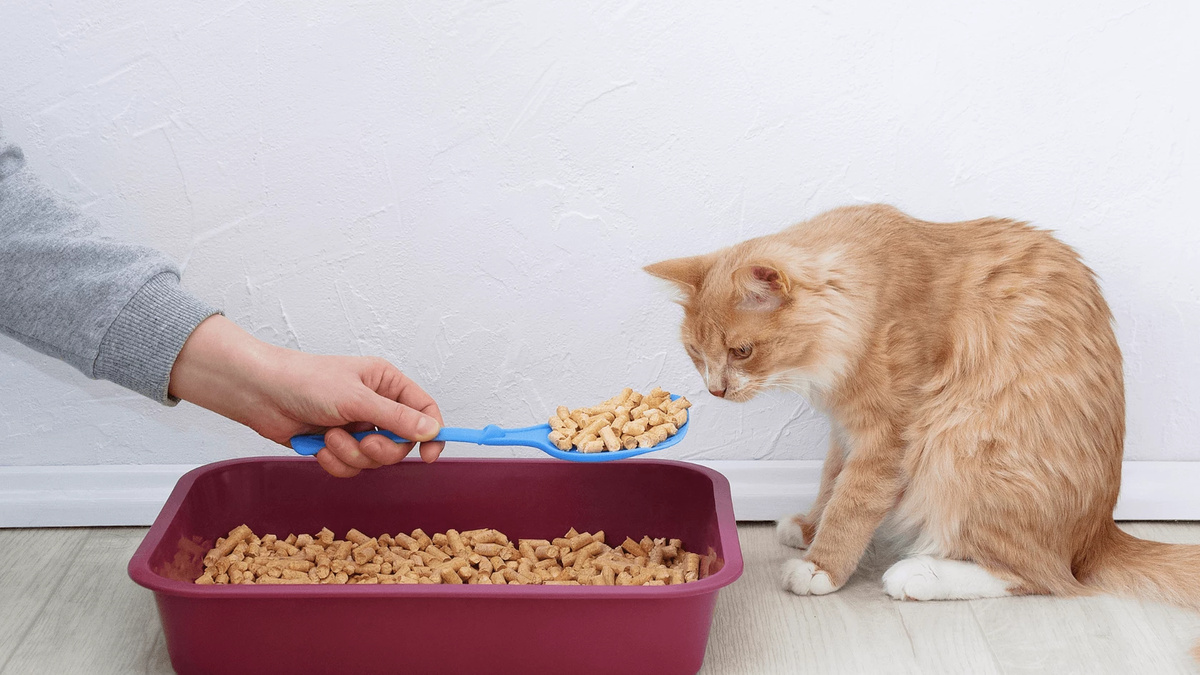
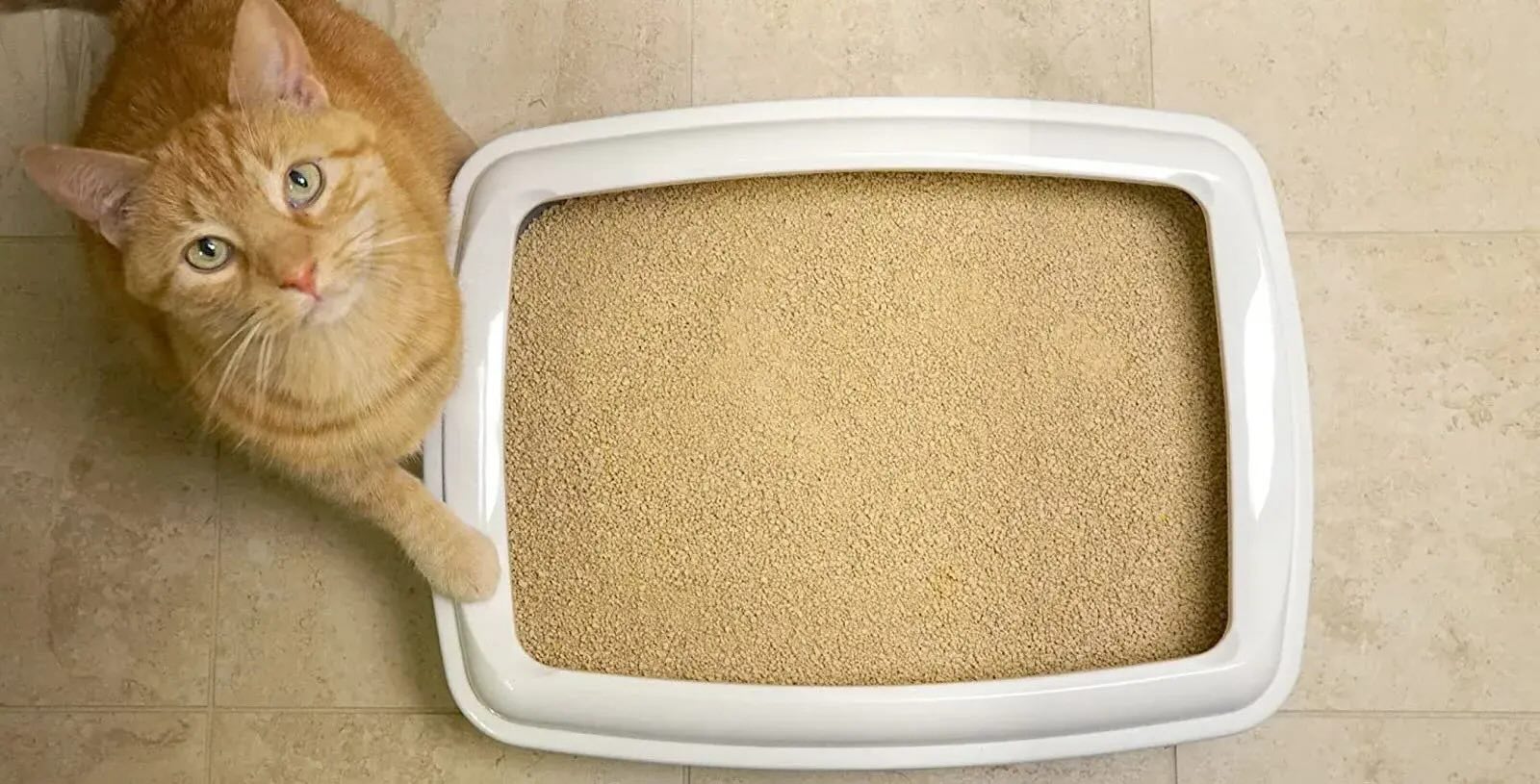
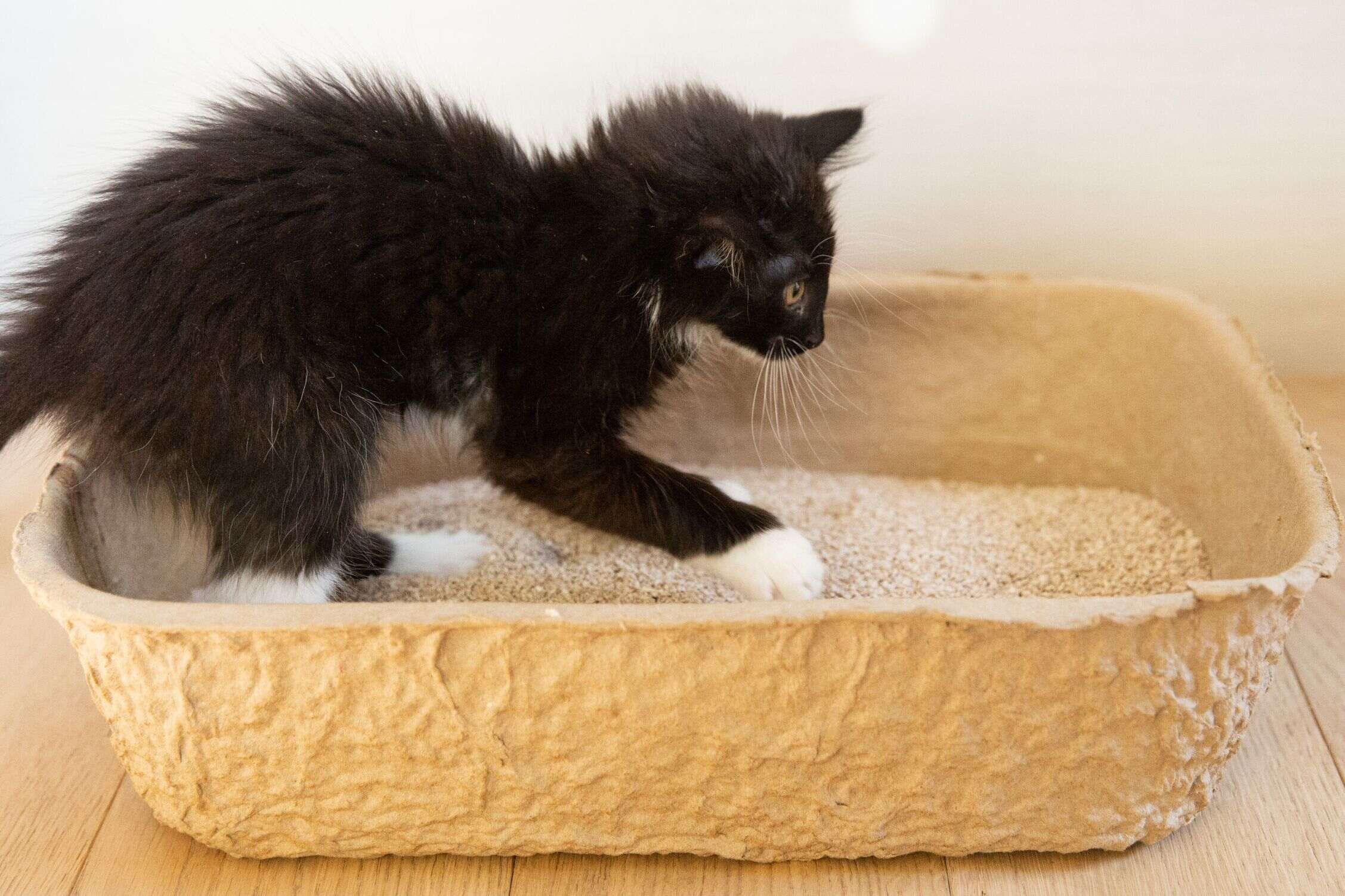
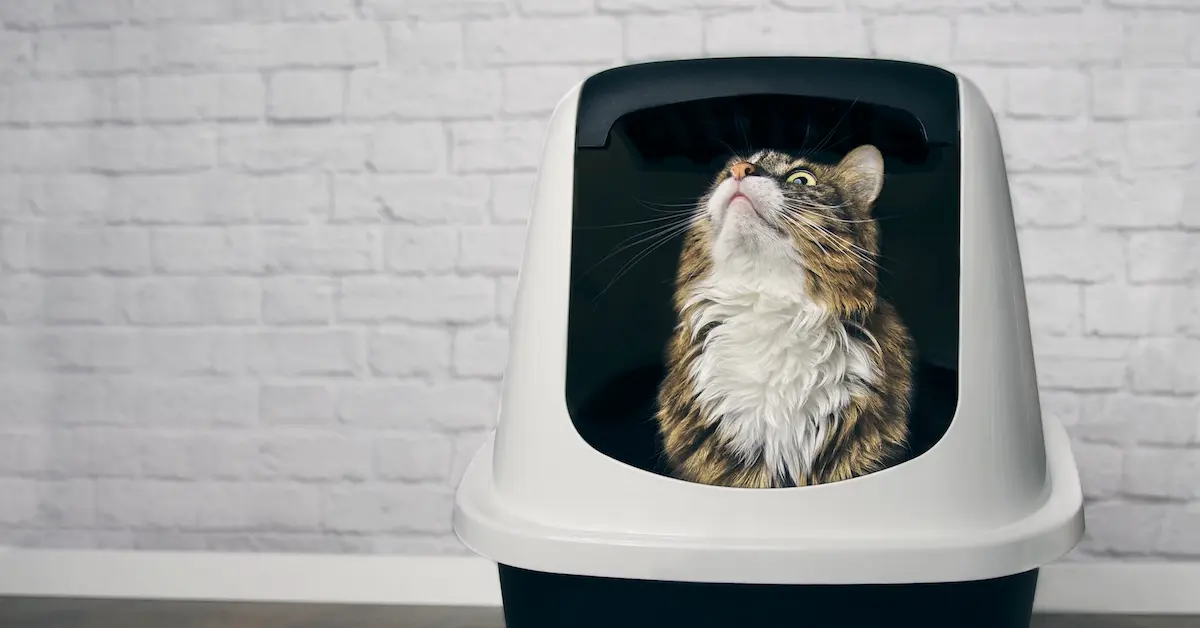
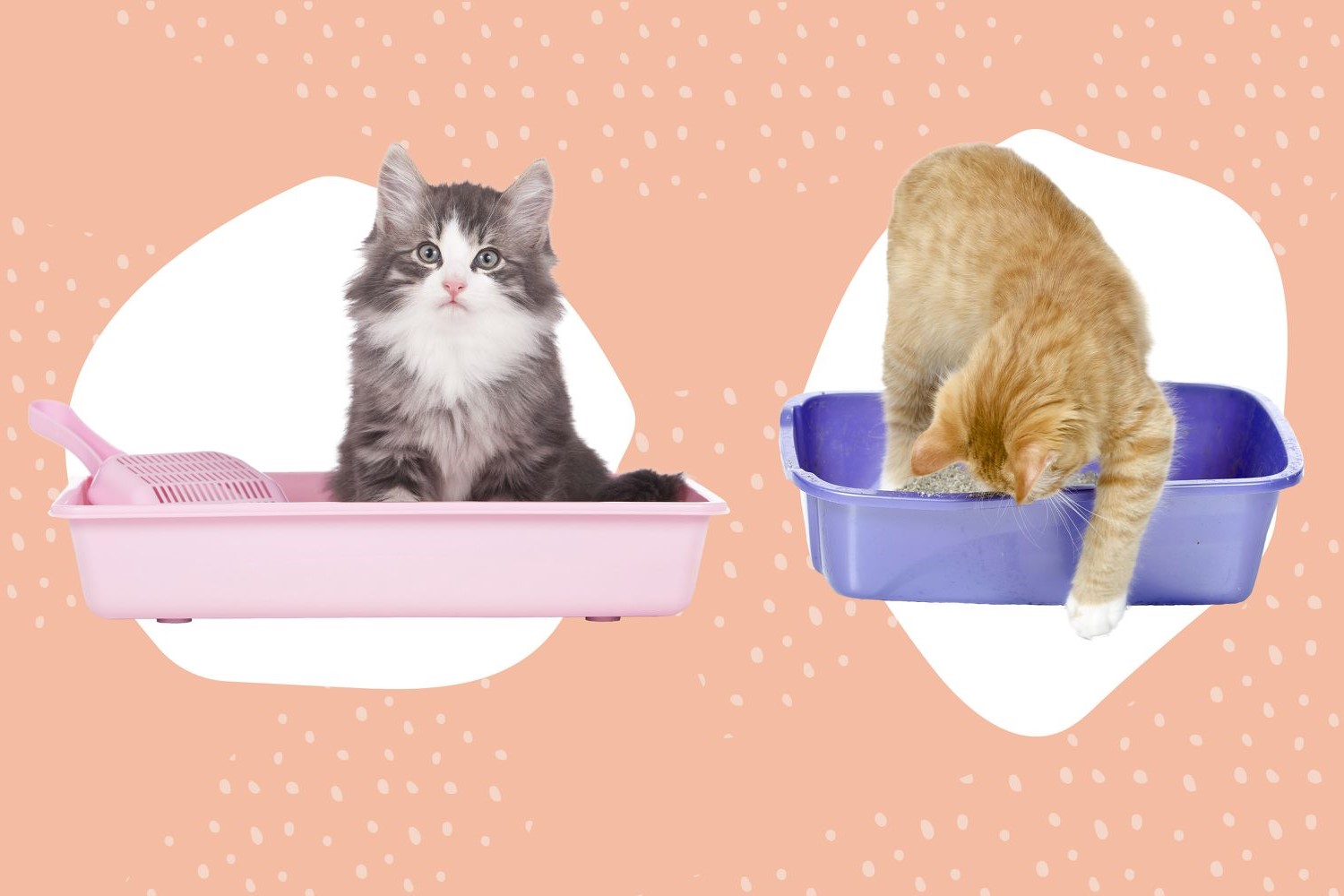
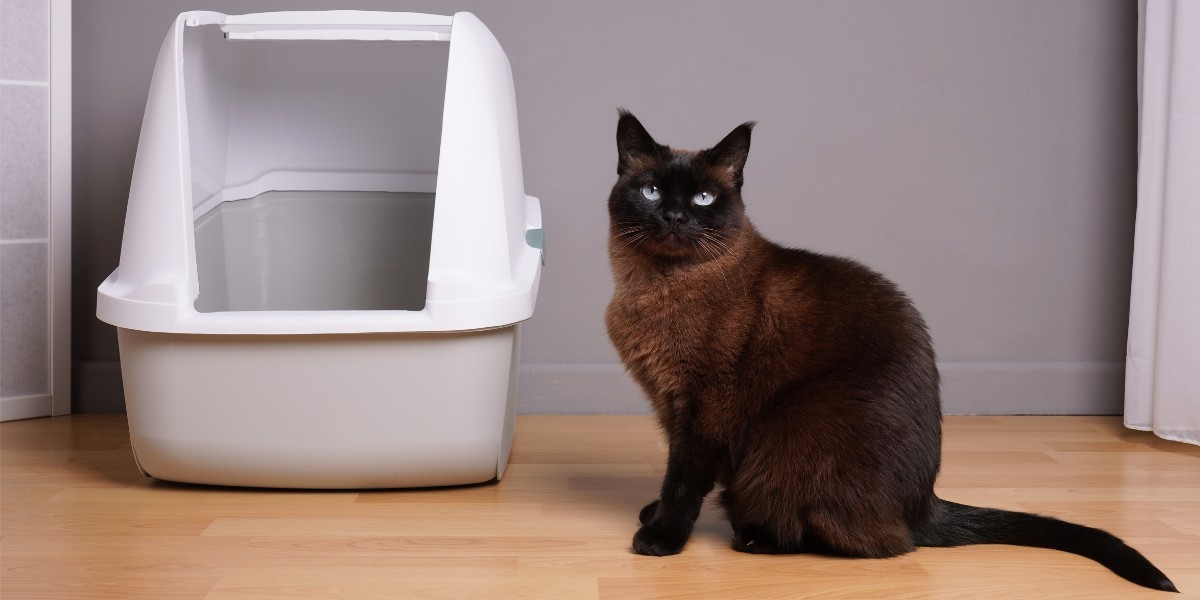
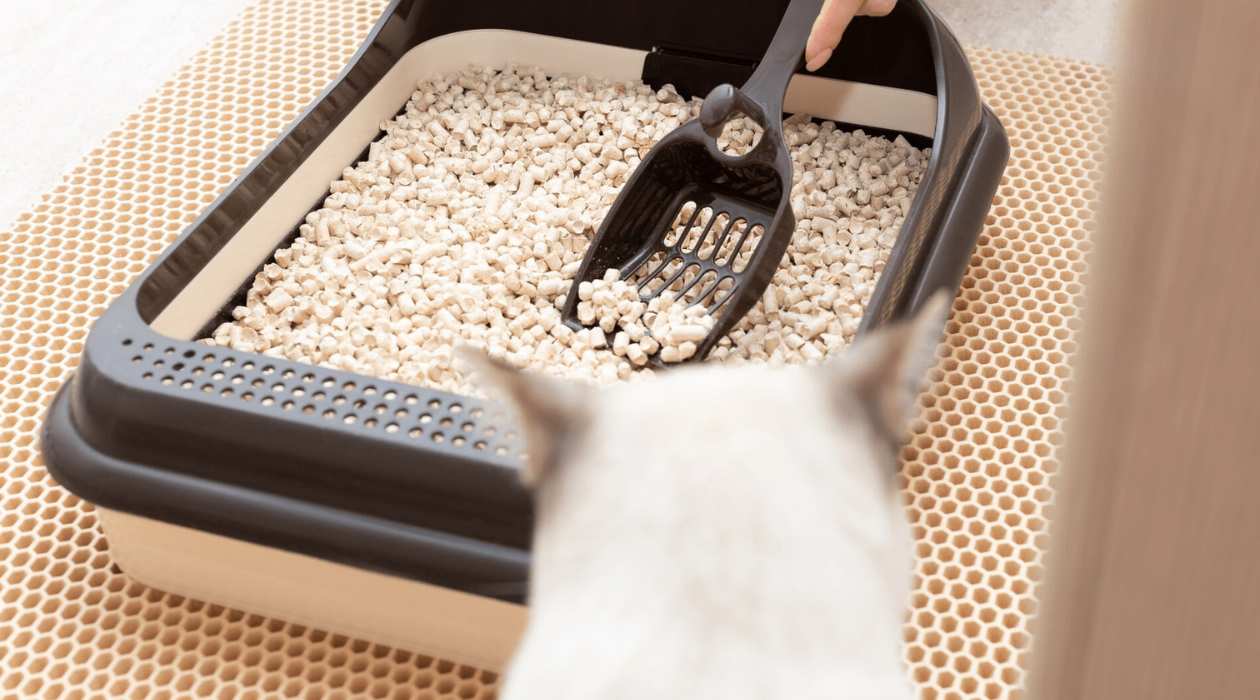
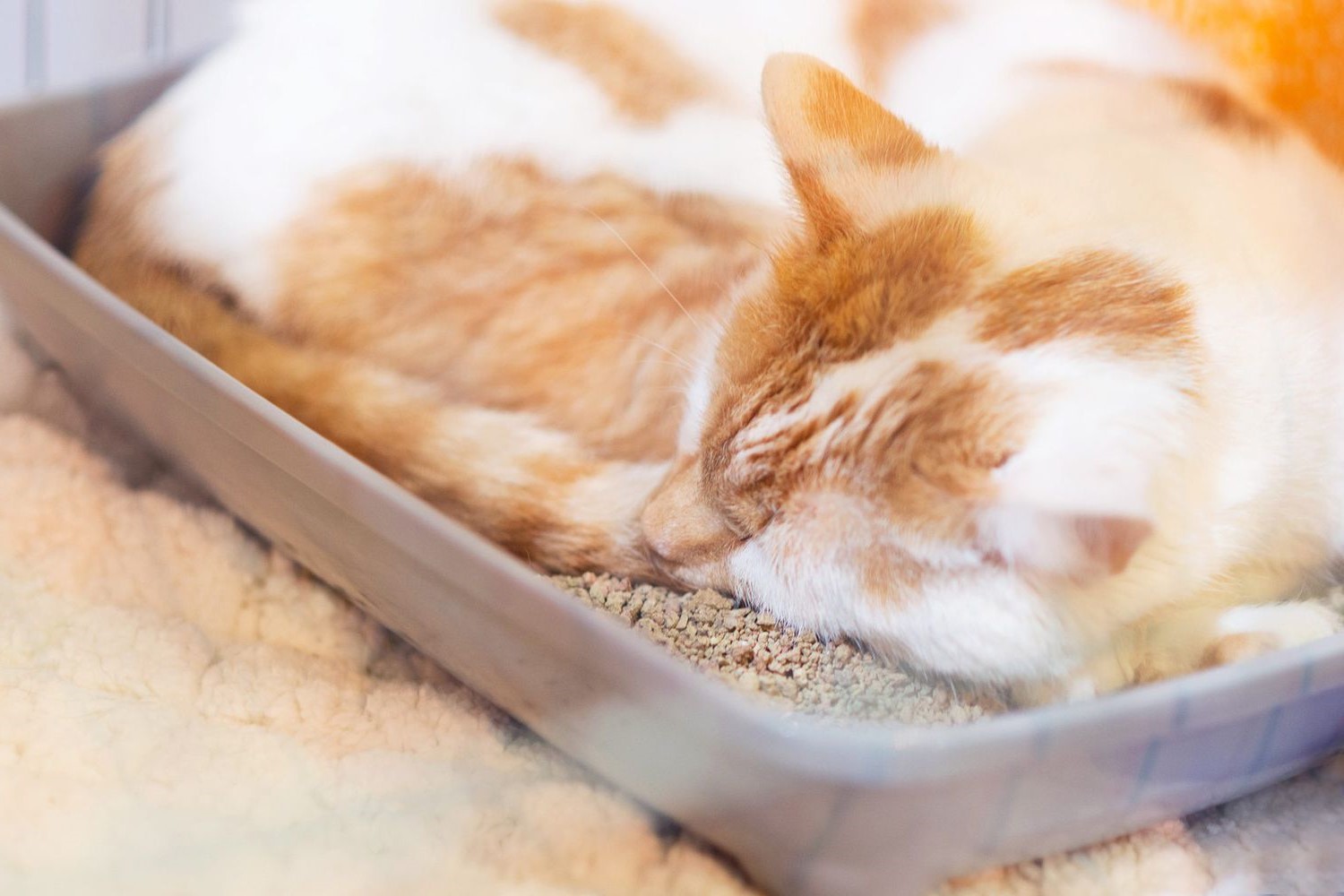
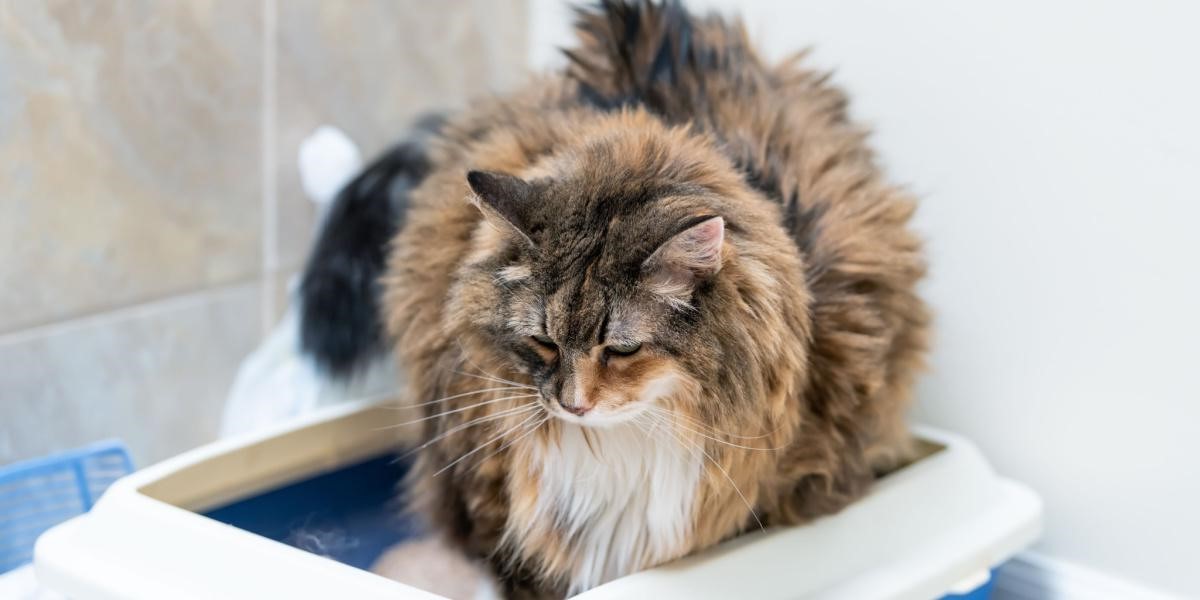

0 thoughts on “Why Won’t My Cat Use A Litter Box”